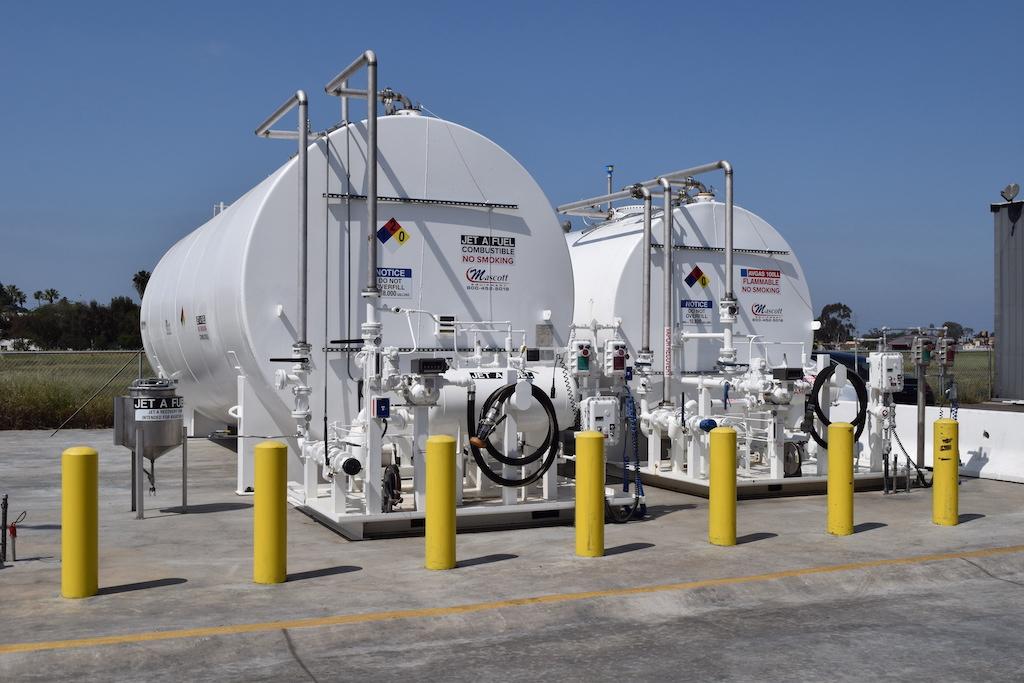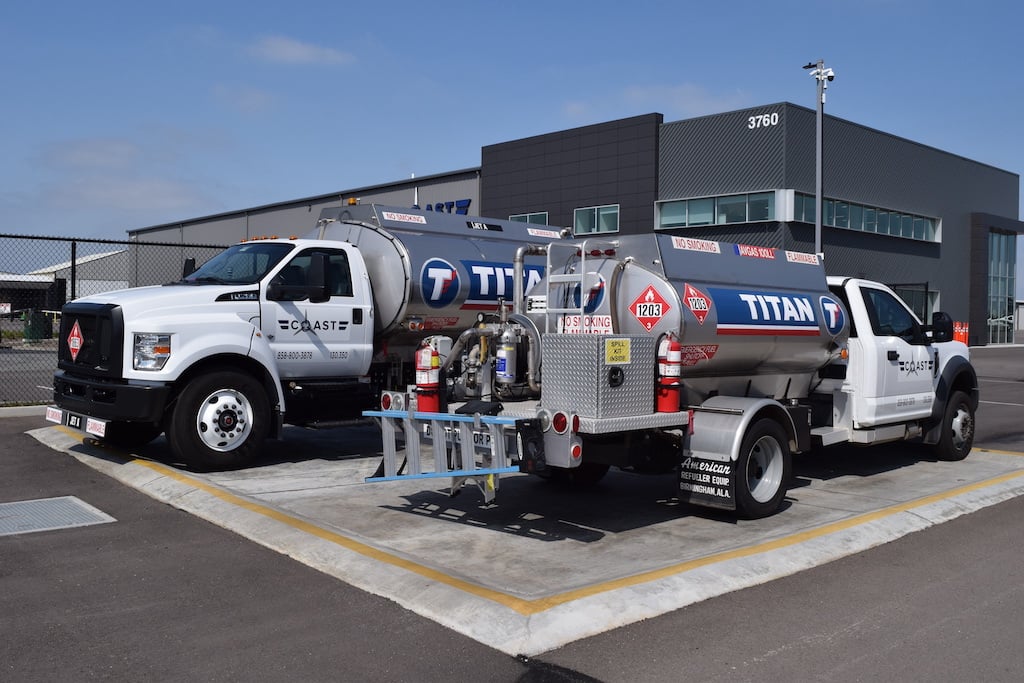
FAA approval of a fuel does not address its materials compatibility with the fueling infrastructure or whether different unleaded fuels can be mixed in aircraft, airport storage tanks, or refueling trucks, the NATA says.
An unleaded aviation gasoline the FAA approved for use in most piston-engine airplanes in 2022 remains unavailable at the pump largely because its formulation is proprietary and not based on an industry-consensus specification, the National Air Transportation Association (NATA) advises in a new informational paper.
G100UL, one of three high-octane unleaded avgas candidates being advanced to replace 100 Low Lead (100LL), has FAA supplemental type certification (STC) approval for use across a broad range of piston-engine aircraft but lacks a product specification from ASTM International—something industry has historically relied on when introducing new fuels, NATA states in the paper, “Factors Affecting the Commercial Sale of Emerging Unleaded Aviation Fuels.”
Formerly known as the American Society for Testing and Materials, ASTM is a standards organization that develops product specifications through a consensus process involving industry technical experts. Whereas STC approval by the FAA certifies that a fuel complies with the agency’s airworthiness requirements for safe operation in an aircraft, ASTM evaluates a fuel for its compatibility with materials throughout the supply chain upstream of the aircraft, “including those used in hoses, filters, gaskets and other wetted components among railcars, transport trucks, fuel farms, mobile refuelers, and other dispensing equipment,” NATA says.
The FAA granted Approved Model List STCs allowing the use of G100UL in all spark ignition piston engines and airframes in September 2022. General Aviation Modifications Inc. (GAMI) of Oklahoma, its developer, had been independently working on the 100-octane unleaded avgas since 2009.
Swift Fuels of West Lafayette, Indiana, has produced UL94, a 94+ MON (motor octane number) unleaded avgas for lower-compression, lower octane-demanding engines, since 2015. UL94 was vetted through the ASTM process and meets the ASTM D7547 specification. Swift is also seeking FAA STC approval of 100R, a 100-octane unleaded avgas, as well as an ASTM fuel specification.
A third high-octane unleaded fuel—UL100E, developed by LyondellBasell and VP Racing—is undergoing testing through the FAA-led Piston Engine Aviation Fuels Initiative. The companies have said they are also applying for an ASTM specification.
Compatibility For Mixing

The NATA informational paper released in early April advises that in addition to materials compatibility with the fueling infrastructure, FAA approval does not address the fungibility or compatibility of mixing different unleaded fuels in aircraft, airport storage tanks, or refueling trucks, exposing aviation businesses it represents, including fixed-based operators (FBO) and fuel distributors, to potential liability.
The association recommends against offering an unleaded avgas unless it has an ASTM or other industry-consensus specification, confirmation of its materials compatibility with the fueling infrastructure, and FAA verification of its compatibility with other FAA-approved unleaded avgas formulations.
“G100UL has an FAA STC approval based on a proprietary fuel specification known only to the FAA and GAMI; however, no industry consensus standard or ASTM International product specification has been set for G100UL at this time,” the NATA paper states.
“Because the FAA does not indemnify any entity in the supply chain for damages caused by fuel-related issues, fuel distributors and FBOs will similarly lack assurances that the unleaded fuel they are selling will not expose them to liability. At present, G100UL is not commercially available for distribution and sale in the U.S. largely due to the fact it does not have an ASTM International product specification.”
The paper also references a 2014 consent judgement in California that requires airports in the state to supply an unleaded alternative to 100LL avgas when it becomes “commercially available.” The plaintiff in that legal action, the Oakland-based Center for Environmental Health (CEH) recently demanded that fuel distributors offer G100UL for sale by March 1, the paper reports. (The CEH did not immediately respond to an inquiry seeking more information).
“NATA’s understanding is that most distributors and FBOs do not believe that G100UL is ‘commercially available’ as defined in the settlement and have provided a detailed response to CEH explaining their reasoning,” the paper states. “NATA shares the position of these distributors and FBOs. The FAA’s approval of G100UL for use in a broad portion of fixed-wing (but not yet rotor-wing) aircraft engines and types is a positive step, but by itself should not be interpreted to force distributors and FBOs to offer G100UL as a sole replacement for 100LL at present.”





